Hope this blog is helpful and you can make a better choice among Multi-Vendor Marketplace or Multi-tenant for your eCommerce business. If you have any issue feel free to raise a ticket at https://bagisto.uvdesk.com/en/
Multi-Vendor Marketplace and Multi-tenant both are very important for eCommerce.
These are the very big name for the online seller. In this article, we will discuss a brief comparison between Multi Vendor eCommerce Marketplace and Multi-tenant.
Multi-Vendor Marketplace
Multi-Vendor Marketplace where multiple sellers come together then sell their product on a single platform.
Admin can attract sellers to sell on your stores by providing fixed or percent based commission rules from a dedicated dashboard, you can manage all the seller’s commission from one place.
In the marketplace, Admin has control over the seller’s product. Admin can check the seller’s order, Admin can edit the product, etc.
So selling your product through the marketplace is like having a stall in a famous boot-fair.
There are lots of marketplace like Amazon, Flipkart, eBay, Etsy and many more.
Let’s have a look, how Amazon improve their business through marketplace
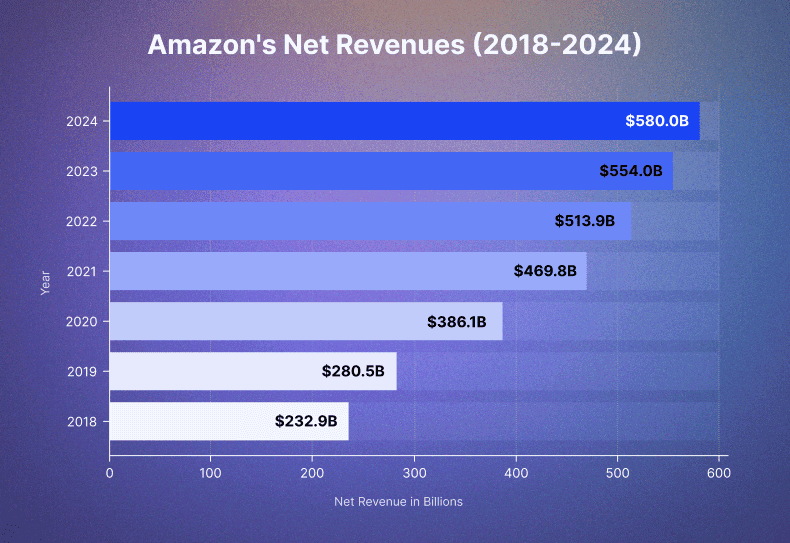
- Amazon is the largest marketplace in the world generating revenue in 2024
- Amazon marketplace sellers, product sales totalled $118.57 billion, up 25.2% from $94.67 billion in 2016.
- 1,761,784 sellers have products listed for sale.
Multi-Tenant eCommerce
The saas-based multi-tenant module is like an eCommerce virtual mall, where multiple-seller can sign-up and create their own eCommerce store with their domain name/sub-domain.
Multiple eCommerce seller can access at a time and manage their inventory, order, product, etc.
In Multi-Tenant eCommerce, Only Seller has full control of their products, order, transaction, etc.
So selling your product through the Multi-tenant is like renting a building to set up your business.
You have your own space and customers will come for your website once they know about your product.
There are lots of Multi-Tenant eCommerce website like Shopify, Volusion, BigCommerec and many more
Let’s have a look, how Shopify improve their business through SaaS
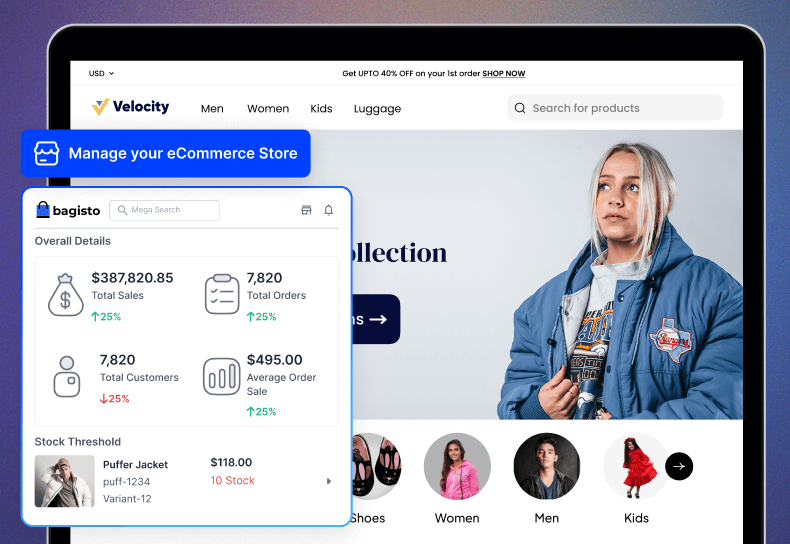 Required Component for Multi-tenant System
Required Component for Multi-tenant System
Planing:-The most important thing to create any business that is planning, without having a strong plan you won’t be executed.
Programming Language:-You can use any technology to built saas based product like Python, Ruby on Rails, laravel, NodeJS etc.
But laravel has strong feature to create saas product which you will not get in another framework like fast development.
Lots of ready plugins e.g. data tables, analytics chart or PDF, excel exports and the most important is Laravel Spark.
With the help of Laravel Spark 20-25% work is already done for you for creating SaaS product.
Spark takes care of things such as billing, proration, team/user management, etc.
By using this you can easily create SaaS business without worrying about the underlying moving part of the technology.
Quick Cloud Deployment:- Now the next step will be hosting your SaaS website. There are lots of hosting server like GCP, Azure, AWS. You can choose anyone as per your requirement.
A newly launched Laravel Multi-tenant SaaS Module that is built world best open source technology. Its Support lots of feature like below
- Unique Business Model
- Easy to Scale
- End to End payment integration
- Multiple eCommerce merchants can access at a time
- Customization is easy in multi-tenant and many more
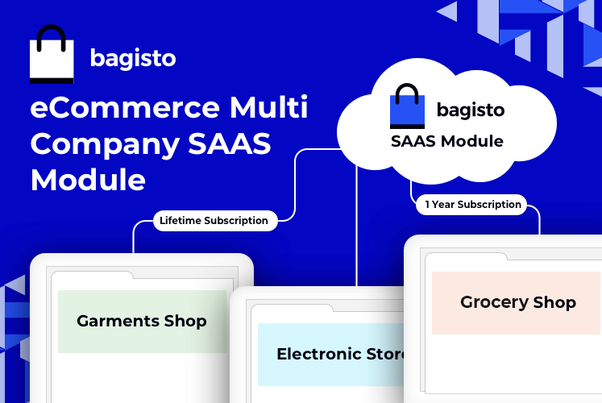
Multi-Vendor Marketplace or Multi-tenant eCommerce for your Business?
With the help of Marketplace and Multi-tenant SaaS Module, anyone can start and grow their eCommerce business.
So here will discuss some important factors when your business required MSE and When your business required Multi-tenant SaaS.
Ease of Use
As everyone wants their online selling experience should be as smooth as possible.
Multi-Store eCommerce
In the marketplace, you have to create an account and once you as seller approved by the admin then you good go with selling your product on the marketplace.
Once you registered you can sell your product, shipping your product, etc.
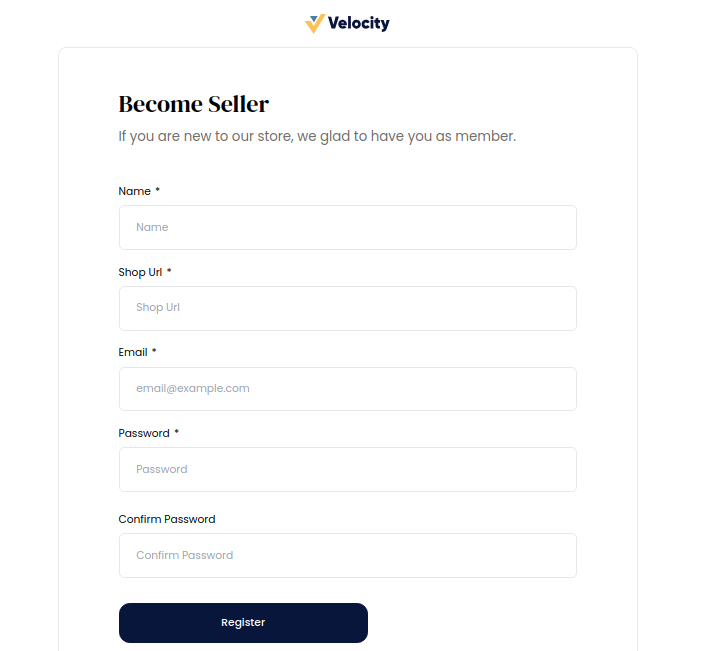
Multi-Tenant SaaS
In Multi-tenant, anyone can just signup then create their full source eCommerce solution.
The main difference here between multi-tenant and marketplace is that in multi-tenant merchant get full access on their dashboard but in the marketplace, the seller will not get the full access of the admin panel.

Features
Every merchant wants their eCommerce store should have a good feature.
Multi-Tenant SaaS
In multi-tenant, Provide you necessary feature to make your online store success.
Multi-tenant is more feature than the marketplace.
You will get lots of features like below
- Multi-source inventory
- Multi-channel
- Multi-lingual
- Multiple currencies
- Enable or disable any payment method
- Enable or disable any shipment method
- Integrate any other module
Multi-Vendor Marketplace
In the marketplace, there is a limited feature for the seller. They are not able to change the locale and currencies etc, for every feature they required admin permission or approval.
Payment and Shipping Method
Payment and shipping method are more important for the eCommerce store.
Multi-Vendor Marketplace
In the marketplace, seller cant add shipping and payment method according to their choice. They can use the payment and shipping method which is provided by the admin.
Multi-tenant SaaS
In Multi-tenant SaaS, Merchant can enable or disable any shipping or payment method according to their choice as they have full control on their admin panel.
If they want to integrate any payment or shipping method in their store, they can do that.
Ownership
Every merchant wants ownership of their eCommerce website.
Multi-tenant SaaS
With the help of Multi-tenant SaaS, you will get the full ownership of your online store, including its branding, layout, and customer experience.
In this customizing, your store is simple and intuitive.
You can also drive more traffic on your eCommerce store through your marketing effort.
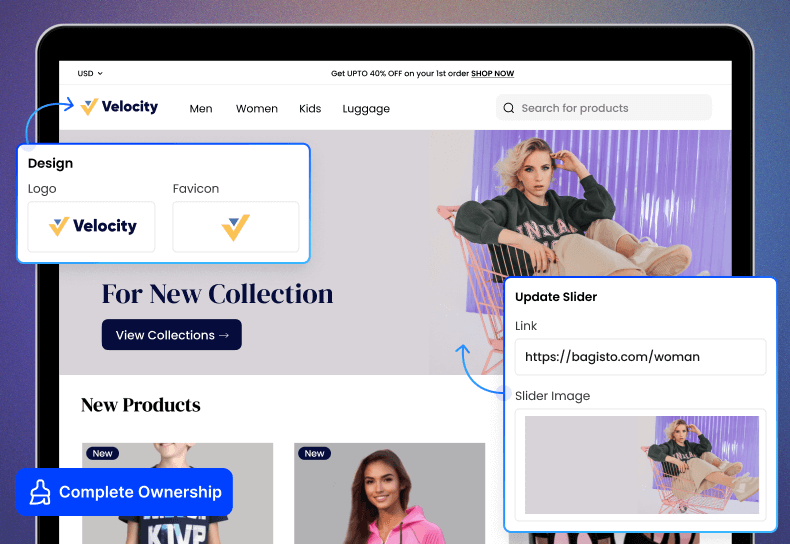
Multi-Vendor Marketplace
In the marketplace, the merchant doesn’t own the platform on which they are selling.
Custom Domain
For creating your eCommerce store the most important decision is selecting the right domain. As the domain also effects on the SEO.
Multi-Tenant SaaS
In SaaS module, Merchant can run their website on their own domain and they will get all benefits of Custom domain. They will get benefit like below
- Website will more flexible using own domain
- Merchant can host their website where they want
- No more hosting provider restrictions on your website
- URLs and email addresses are entirely your own
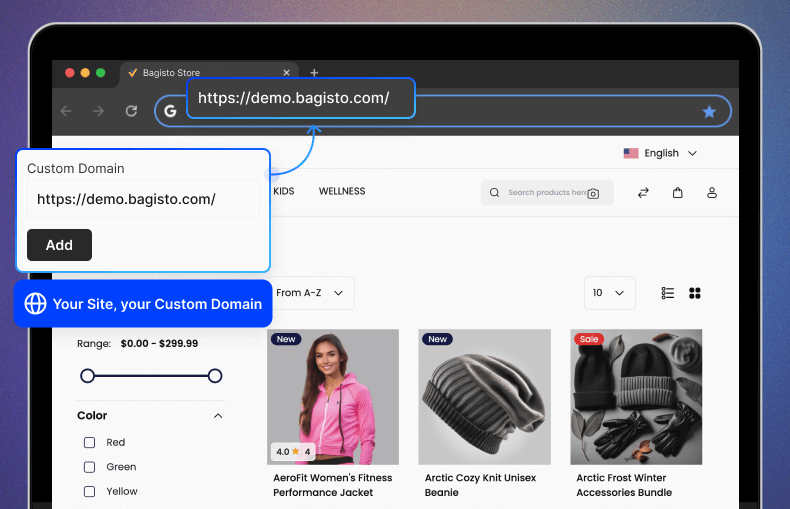
Domain Mapping is the most important, so that customer can access their portal through their custom domain.
So let’s discuss a few technical components which are used for domain mapping.
DNS:- DNS stands for Domain Name System. DNS is used to translating the IP address into a domain name, for example, if any can run “example.com” on their browser then the browser will perform DNS query against DNS server.
So that DNS server can take the hostname and resolve it to numeric Address so that web browser can connect with the related IP address.
There is a component DNS Resolver which is used to checking the hostname is available or not in the local cache. Then return to the browser or application.
Let’s discuss on the few DNS Record
CNAME:- Cname is standing for Canonical Name. As every website have an IP address to connect the worldwide web.
Where we need more than one domain on a single IP address, there Cname will be useful to map the multiple domains on a single IP address.
For example, If you have your domain shop.mydomain.com and you want to this domain point on your main domain(shop.com).
Then you have to just replace the IP address of mydomain.com with shop.com so that your CNAME record will be created.
Wildcard:- With the help of Wildcard DNS record, we can match the request for the non-existence domain name. A Wildcard DNS record is identified by “*” asterisk. For example *.example.com.

Multi-Store eCommerce
In the market place, there is no such feature available like custom domain. Merchant has to run the website on a subdomain.



6 comments
on-demand food delivery app development